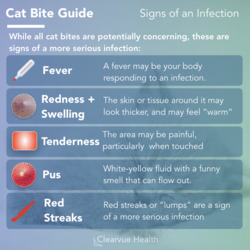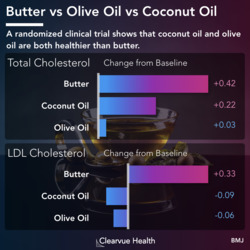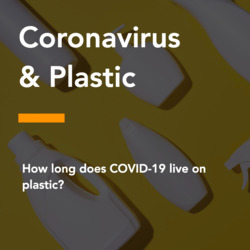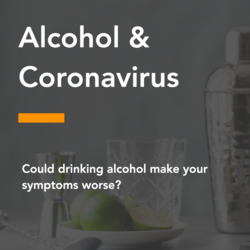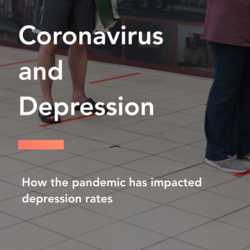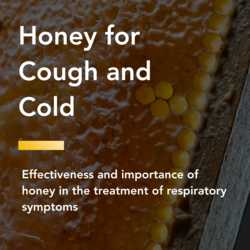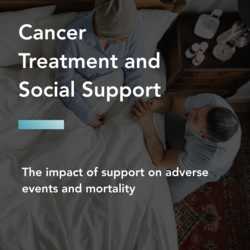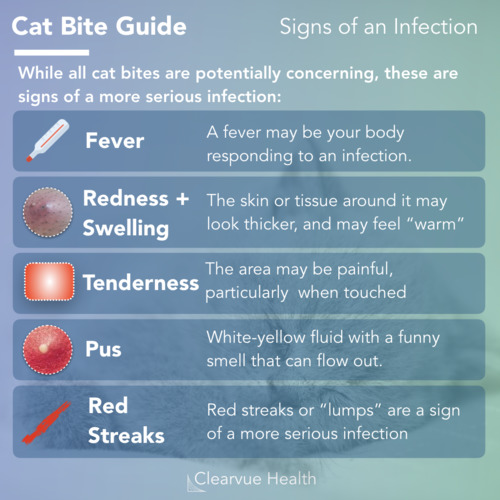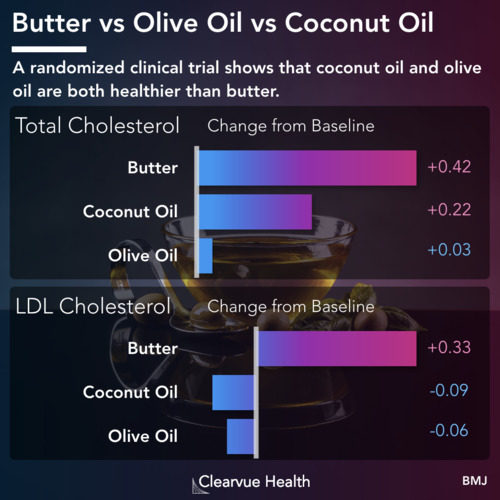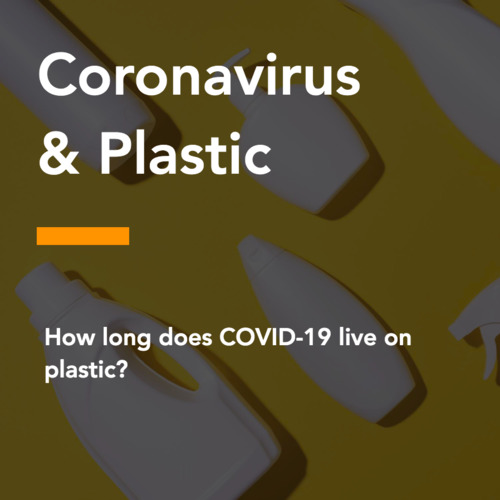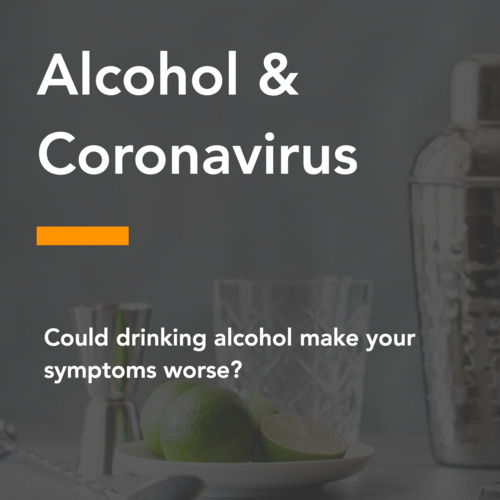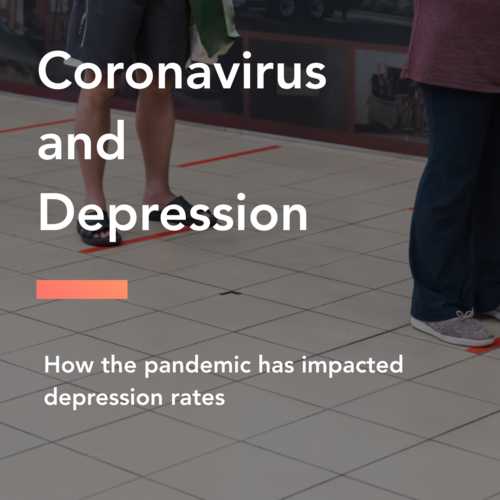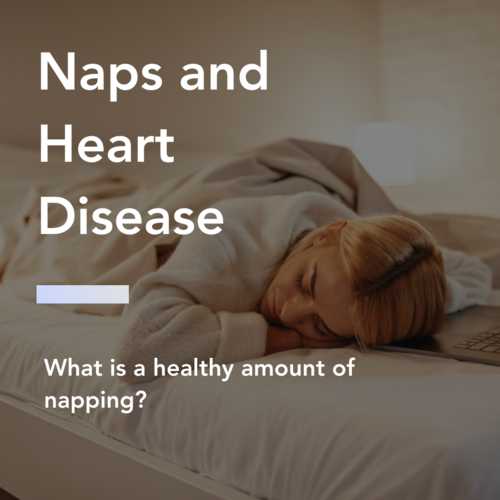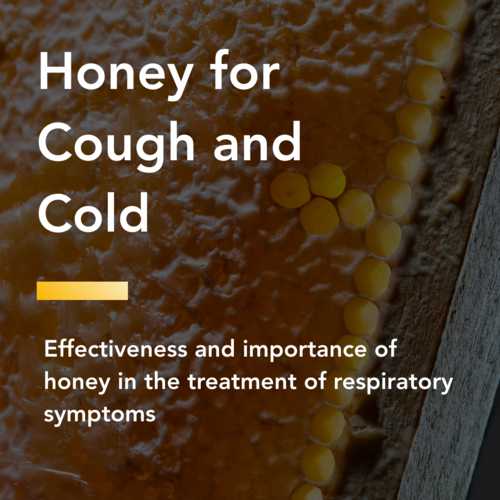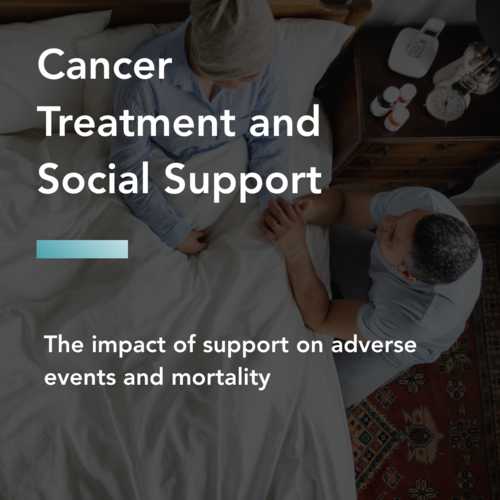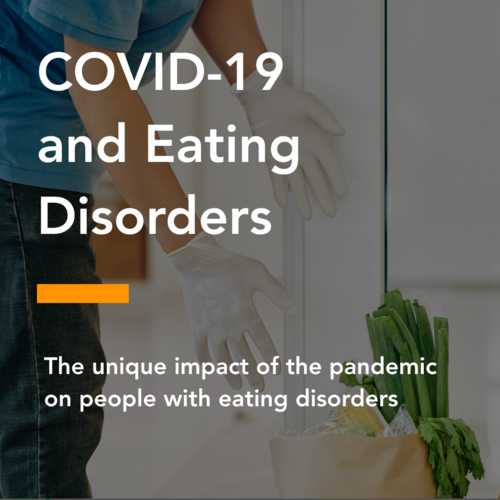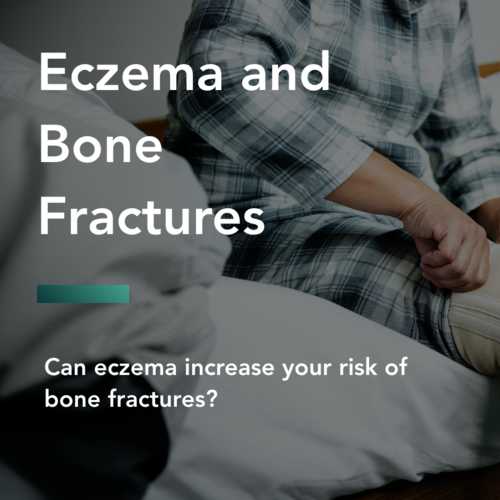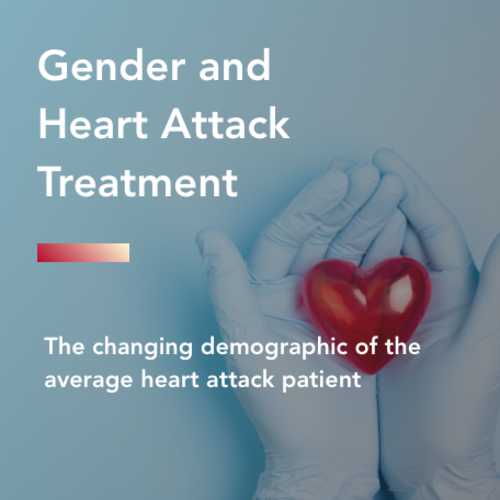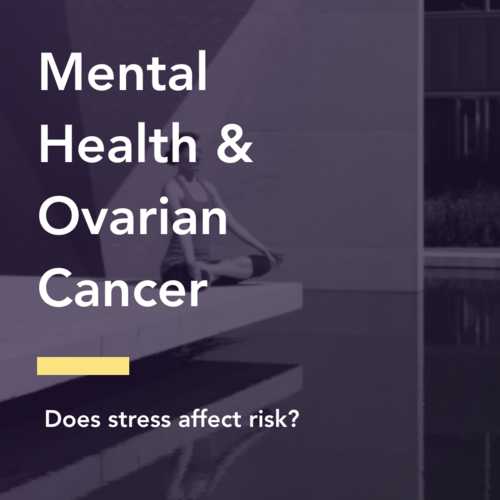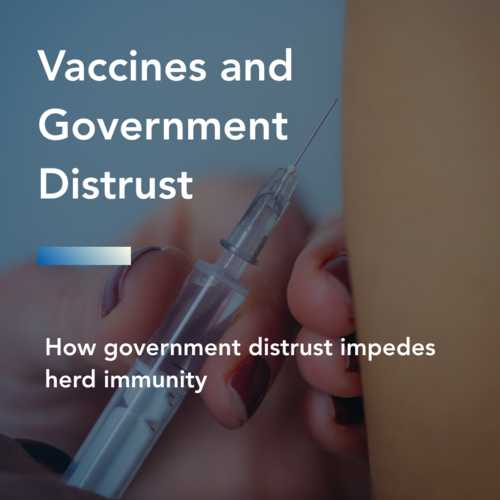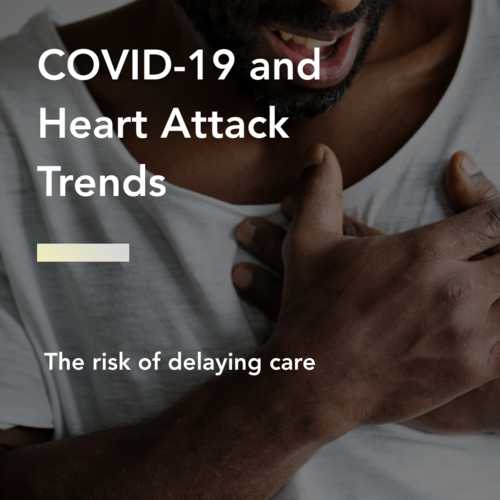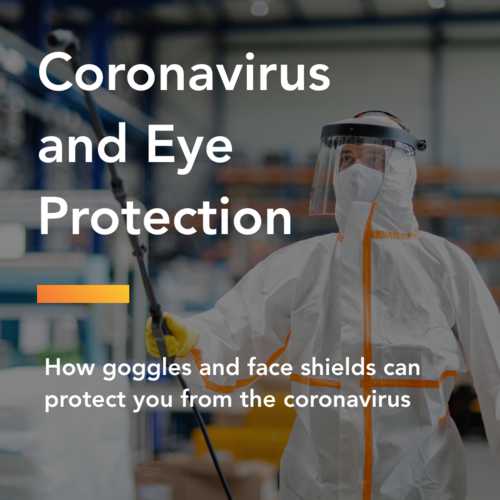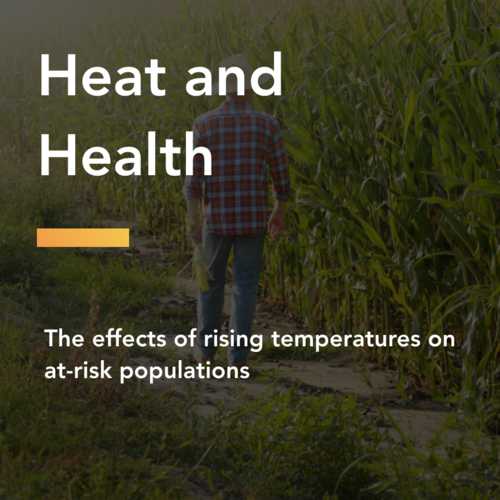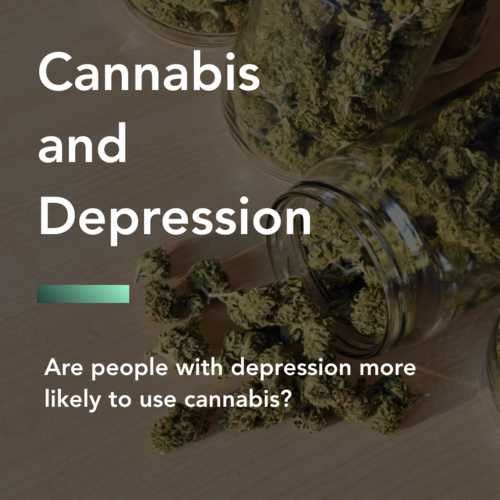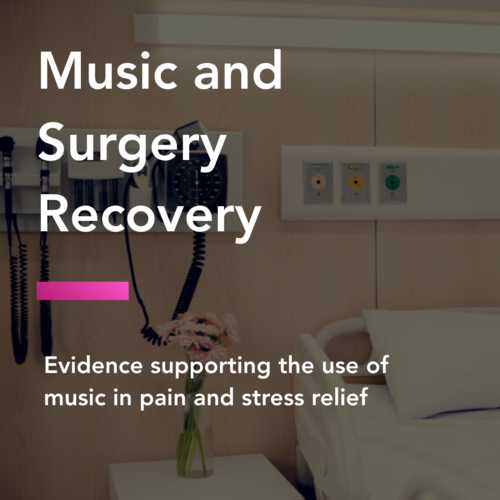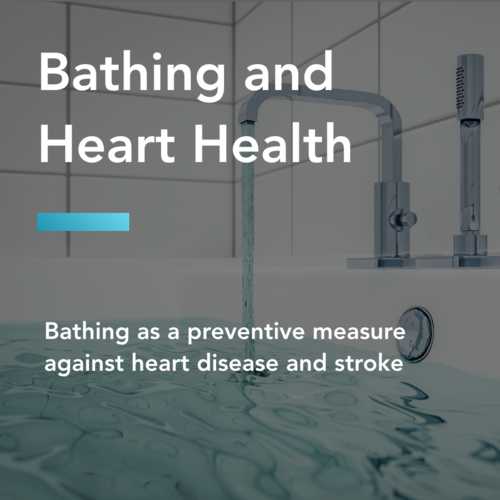Statistics: The Most Common Frostbite Locations
Generally, frost occurs on the fingers and toes. However, these are easy to bundle up. A solid pair of boots and a pair of gloves will go a long way.
The face is a little more difficult. Often times, our winter gear leaves parts of our face exposed so we can see and hear.
We've put together this short guide on frostbite in the face, and how to prevent it.
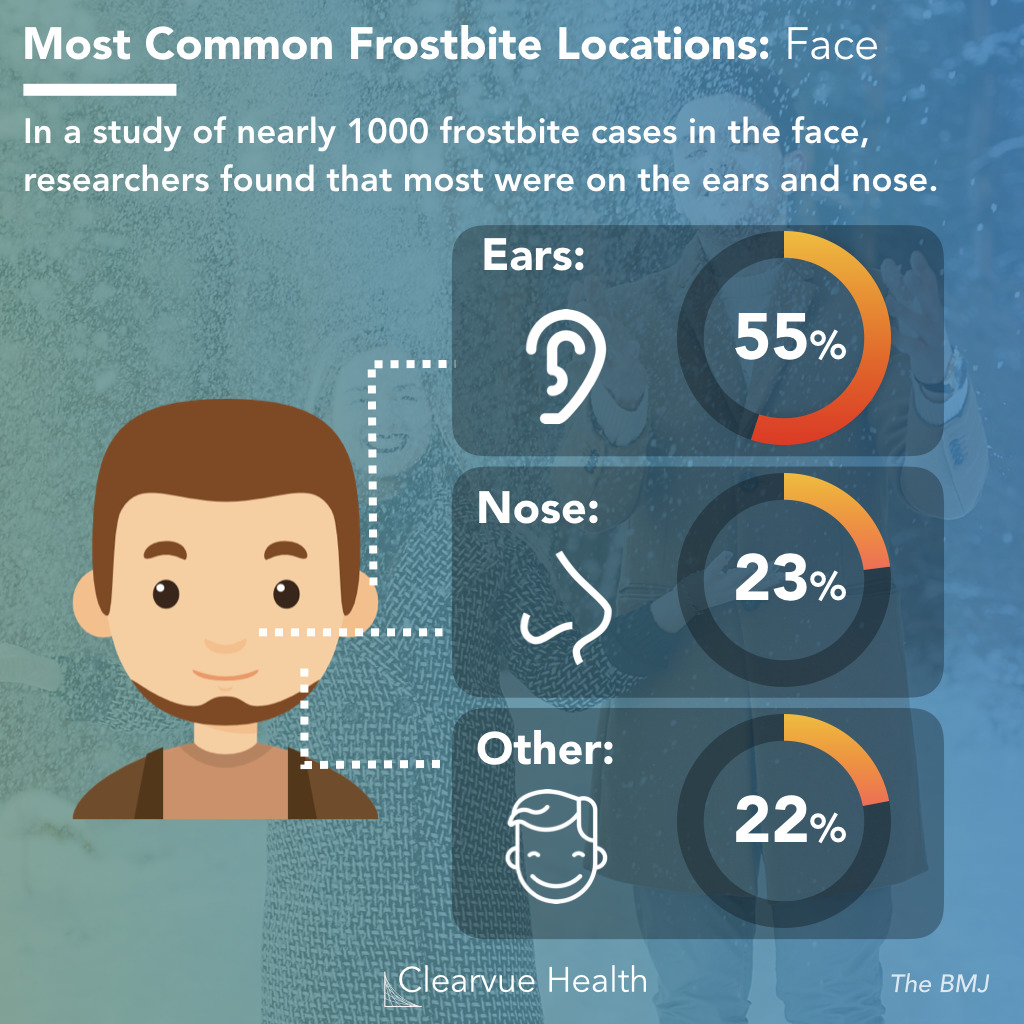
You are more likely to get frostbite on your ears than the rest of your face combined. 53% of patients in the study had frostbite of the ears. The second most common location was the nose, at 23%.
In the rest of the face, patients were most likely to get frostbite in their cheeks.
Preventing Frostbite on Your Face
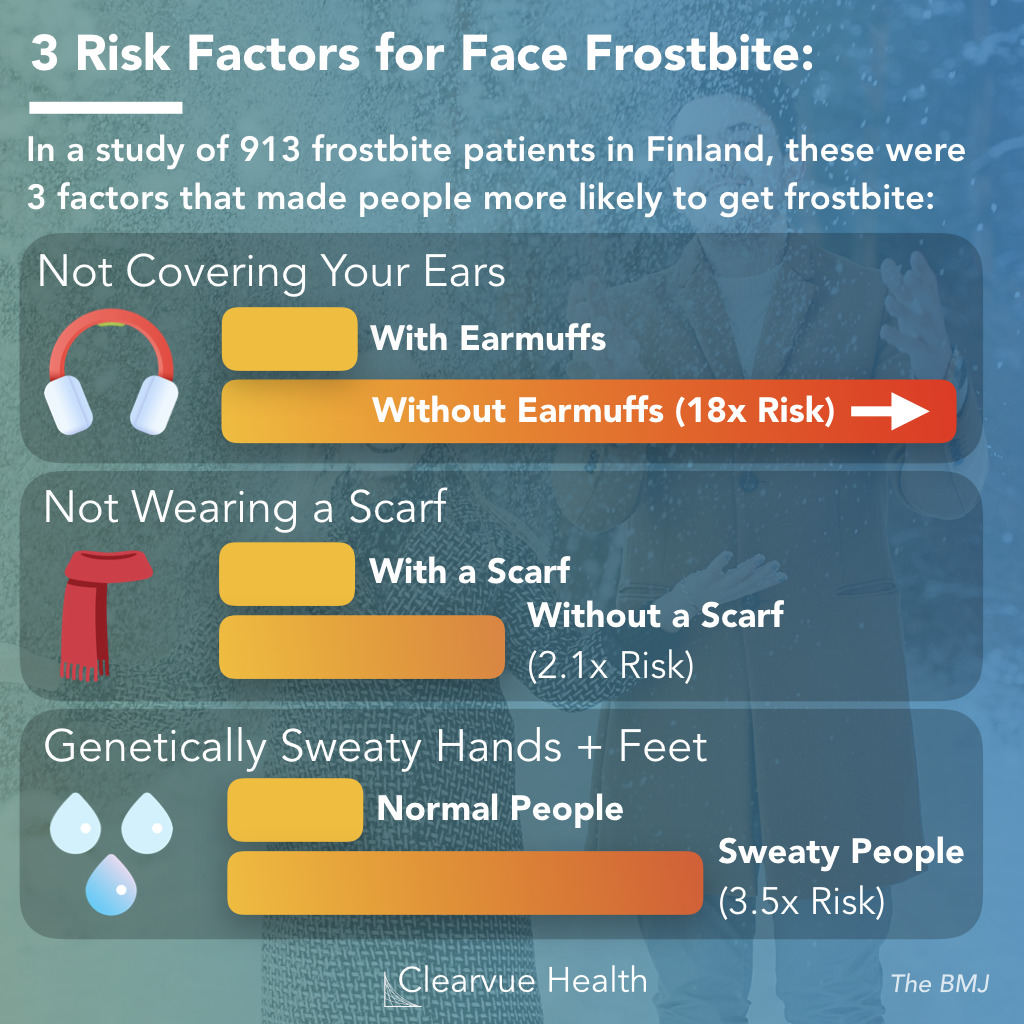
In Finland, where the winters are freezing, doctors studied 913 soldiers with frostbite on their face. They looked at where you are most likely to get frostbite and what factors contributed to getting frostbite.
Compared to their non-frostbitten peers, there were three risk factors that stood out:
1-Ear Coverings: Soldiers who did not cover their ears were 18x more likely to get frostbite than those who did. Your ears are exposed to the cold, and may not get the circulation they need to stay warm. Once it gets chilly, you may not feel anything in your ears, since they are easy to ignore unlike your hands and feet. This allows frostbite to quietly set in.
The soldiers in the study only had hats with ear flaps, but even with just ear flaps, soldiers were able to effectively prevent frostbite. If you're going out in the freezing cold, grab earmuffs, an ear-covering hat, a hoodie, anything to cover your ears.
2-Scarves: Scarves are a great way to keep your face warm and they also help protect your ears. Soldiers with a scarf were able to cut their odds of frostbite on their cheeks by 2/3rds and cut their odds of frostbite on their ears by half.
3-Genetically Sweaty: If you do sweat a lot in your hands and feet, you should bundle up a little more tightly, you may be at a higher risk of frostbite. While there is not much data, the soldiers who had normally sweaty hands and feet had over triple the risk of frostbite on their nose.
How to Provide First Aid for Frost Bite
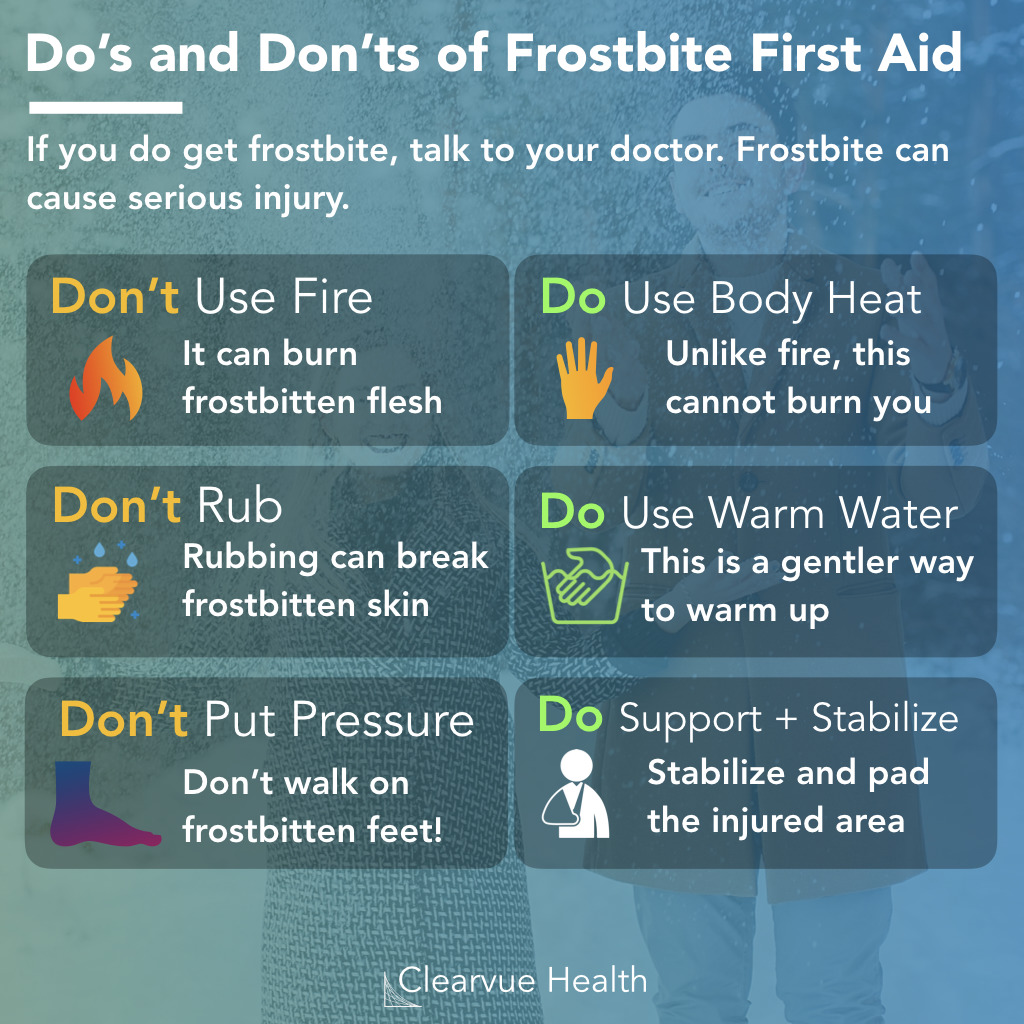
If you or a buddy does get frostbite, be sure to talk to your doctor or get to a hospital. Frostbite can be serious and can cause people to lose fingers and toes.
In the meantime, here are some first aid tips to keep in your back pocket.
1-Don't use fire: This sounds obvious, but when you're around a nice warm campfire in your ski cabin, the temptation is to warm your cold hands the fire. Don't, you may have lost feeling and you won't feel yourself get burned.
2-Do use body heat: Instead, consider using body heat. Body heat cannot burn you. Use your belly, armpit, whatever you have, to get it warmed up to the right temperature.
3-Don't Rub: While we naturally rub our cold hands together, rubbing frostbitten skin can damage the skin. Your nerves have lost feeling and you won't know if you're rubbing too hard.
4-Do use warm water: Immersing cold tissue in warm water, and definitely not hot water, can quickly warm up cold tissue. Just be sure to dry it up afterward.
5-Don't put pressure: If you have frostbitten feet or toes, don't walk on them. You run the risk of worsening your injury and you won't feel yourself get injured.
6-Do support and stabilize: Supporting and padding the injured area will help prevent further injury on the way to the hospital.



